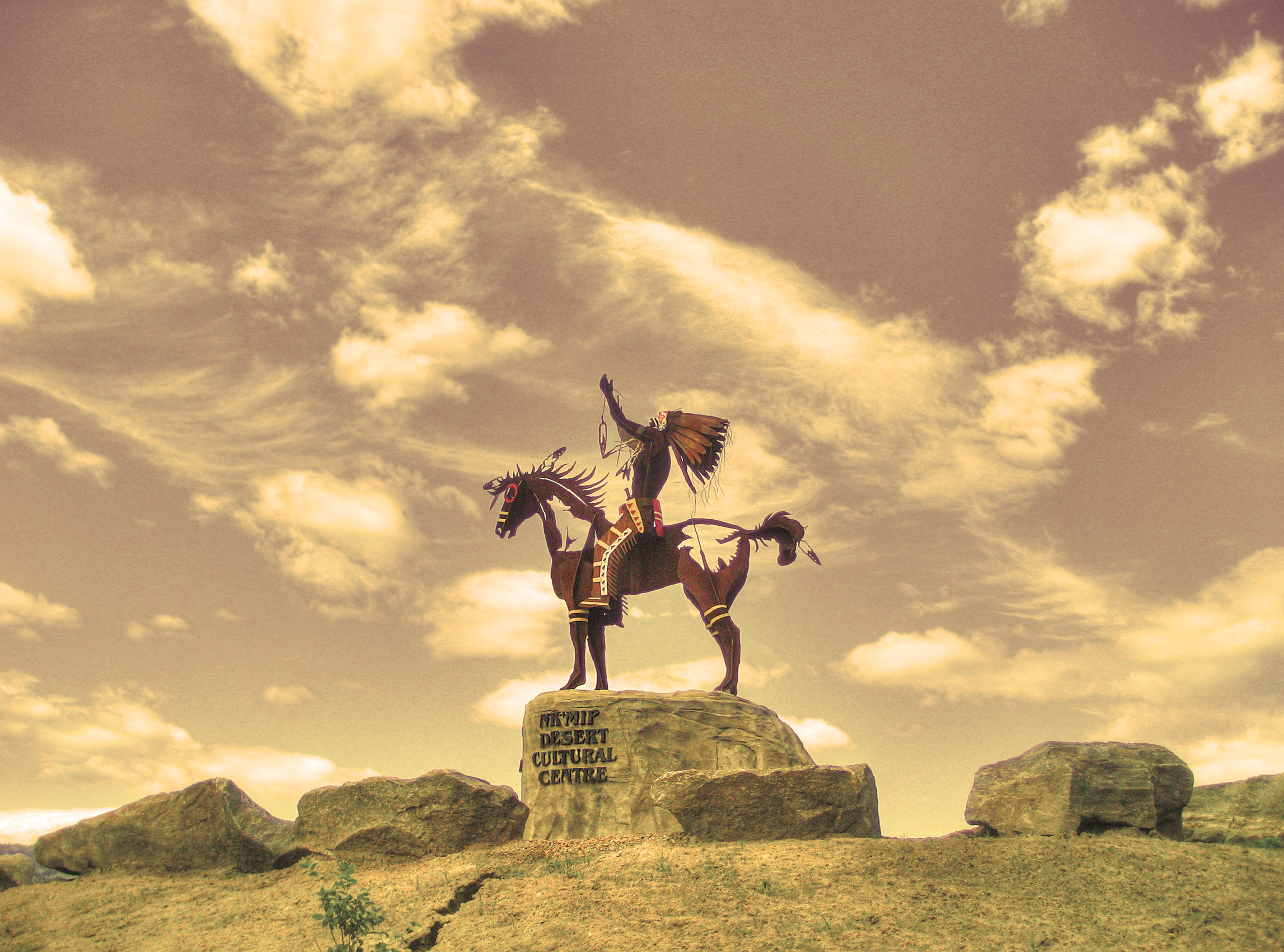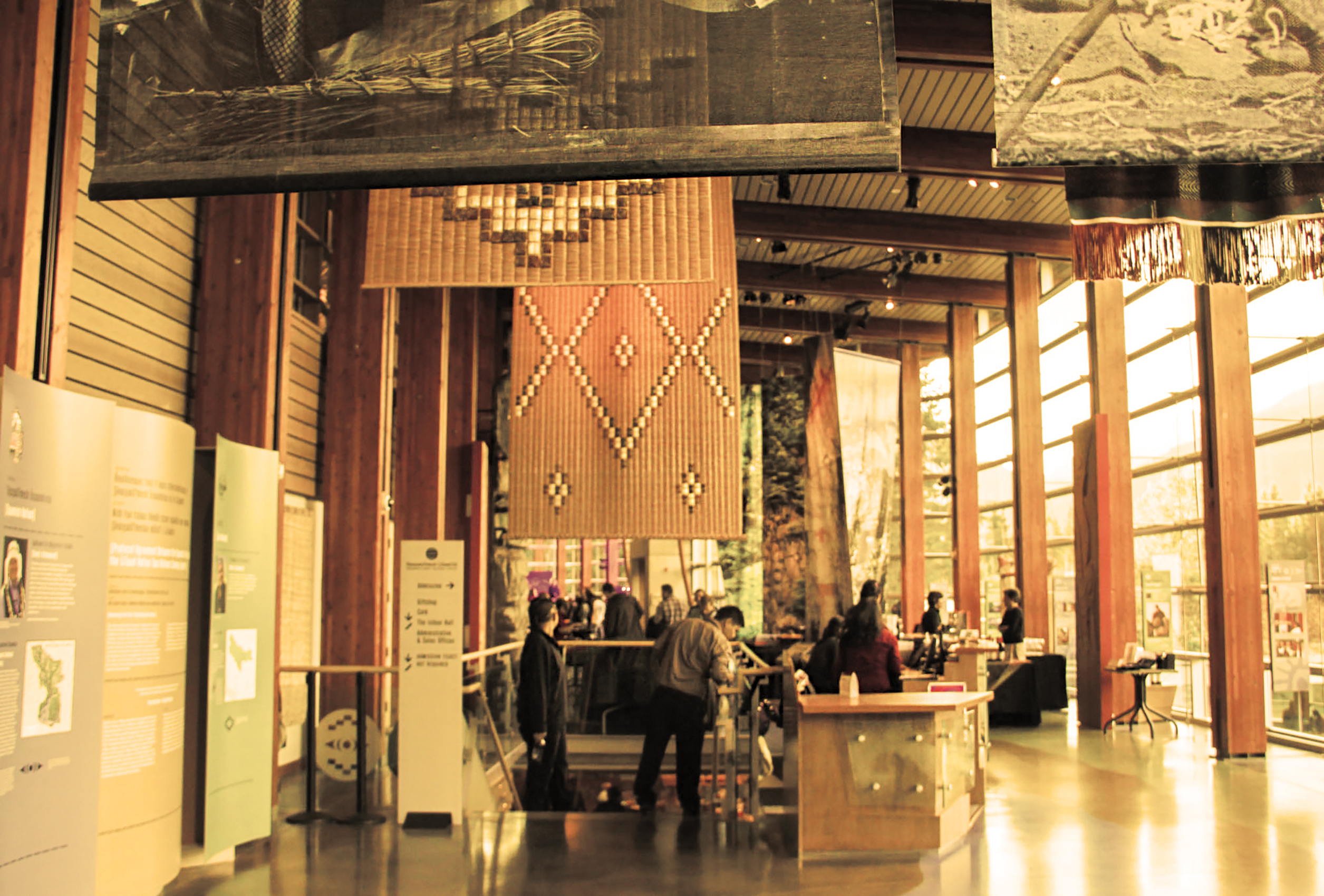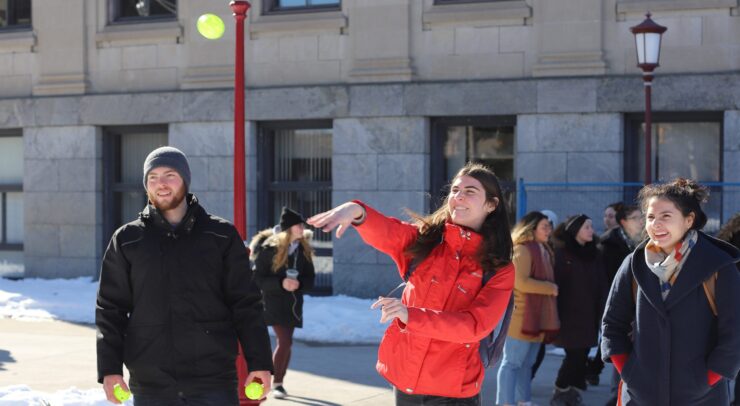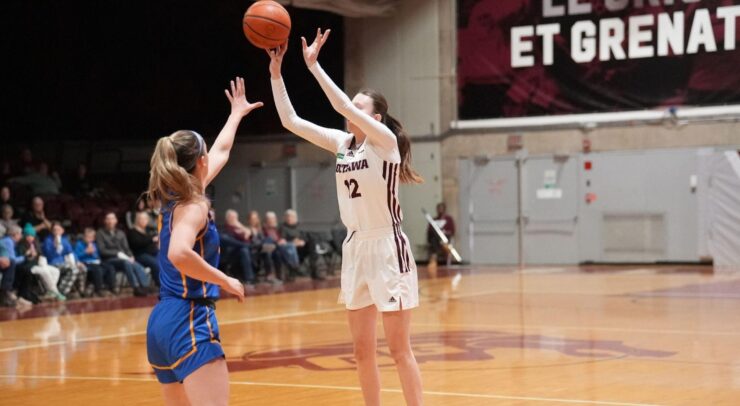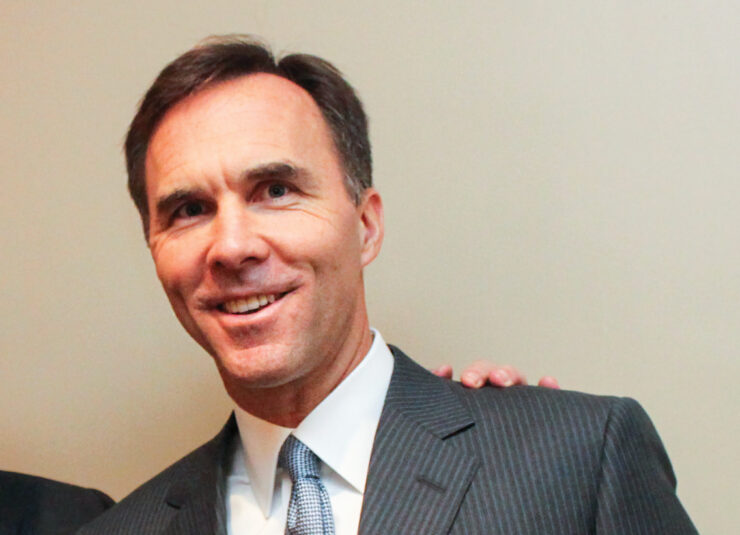Indigenous peoples showcase Aboriginal culture beyond confederation
While the country is gearing up for a massive celebration of Canada’s 150th anniversary of Confederation, it’s also important to note the accomplishments of Indigenous peoples before 1867.
In the 2011 National Household Survey, almost 1.5 million Canadians identified as having an Aboriginal identity. Around 850,000 of those people identified as First Nations, while 451,795 identified as Métis, and 59,445 as Inuit. All in all, these people comprise hundreds of tribes from all across the country.
To understand the importance of the increasing presence of Indigenous culture in mainstream Canadian life, one has to acknowledge the history of their oppression. Since first-contact with European explorers, their cultures have been under threat. In addition to the numerous atrocities committed against them, various governments have also instituted methods to destroy their unique cultures.
For example, residential schools were active from 1876 to 1996 in Canada with the aim of assimilating Indigenous peoples by forcing them to abandon their languages and cultural practices. These schools were also the site of horrific abuse.
The Potlatch ceremony, a practice of many Aboriginal nations of the Pacific Northwest, was banned from 1885 to 1951. Until 1960, First Nations people in Canada had to lose their treaty status in order to vote in a federal election.
“I think from an Aboriginal perspective… leading up to the end of the 20th century, they had no control over the production of storytelling,” says Brenda Macdougall. “It’s a main part of who anybody is, to be able to articulate your own national story.”
Macdougall is a University of Ottawa professor in the department of geography, environment, and geomatics, as well as the Chair in Métis Research and a member of the university’s Aboriginal Education Council.
According to Dr. Daniel Millette, a Carleton University architectural historian who is also a member of the Indigenous Place Making Council, “I’ll tell you one thing right from the get-go, there is, what I would characterize, a new architectural landscape, an Indigenous architectural landscape, emerging throughout Canada that almost no one is paying attention to.”
In this spirit, here are a variety of landmarks and cultural centres around the country where you can go to learn more about the complex history of Canada.
Counter-Confederation movements (online)
The first place you can go is absolutely free: Twitter and Facebook.
Macdougall highlights online activities of Native Peoples who “are trying to produce counter-narratives to Canada’s 150, not simply accepting the notion of being included inside of it.”
It’s important to note that Indigenous peoples have lived in North America for thousands of years before Christopher Columbus, or even vikings, “discovered” it.
“It’s a matter of producing the counter-narratives, for some it’s very much about a protest, and for others there’s simply re-storying, finding ways to articulate a history that doesn’t just add native people in, in convenient places, but makes them central to the narrative,” says Macdougall.
One such individual is Cree artist Kent Monkman, who created a t-shirt satirizing the “Fathers of Confederation” at Charlottetown, or “The Daddies.” The shirts feature an upside-down version of the #Canada150 logo and the text “150 years of Colonialism.”
Museum of History (Ottawa, Ontario)
A major change coming to Ottawa’s Museum of History, come Canada Day, is a greater inclusion of First Nations’ history in the Canada Hall section.
Originally the Canada Hall was separate from the First Peoples Hall, which was located in the lower part of the museum, and centred on Canada since colonization. The Canada Hall is currently closed for renovation but will re-open on July 1, featuring the history of Canada far before European settlement.
Squamish Lil’wat Cultural Centre (Whistler, British Columbia)
While Whistler is known for being a skiing destination, and all-around tourist trap, it’s also seated on traditional lands of both the Squamish and Lil’wat First Nations.
The Squamish Lil’wat Cultural Centre celebrates both nations’ history, and was designed by architect Alfred Waugh, who included elders from both communities in designing the centre.
According to the centre’s website, “The building is designed to evoke the longhouses of our Squamish people and the Istken (traditional earthen pit house) of our Lil’wat people with a modern architectural interpretation.”
Head-smashed-in Buffalo Jump World Heritage Site (Fort Macleod, Alberta)
This location features one of the world’s oldest, largest, and best-preserved buffalo jumps in the world—First Nations people would hunt them by stampeding them over a cliff. The buffalo was an extremely important animal for plains First Nations, according to Macdougall, since they provided a variety of resources.
“Everything can be used from that animal, and so the animal is deeply revered amongst plains tribes in Canada and the U.S.”
In addition, this World Heritage Site was developed by Parks Canada in partnership with the Blackfoot Nation.
“So the Blackfoot Nation has a great deal to do there in terms of producing the story, so it’s not being told about them. They’re articulating their own experience in that place.”
Osoyoos First Nation—MK’MIP Desert Cultural Centre (Osoyoos, British Columbia)
This cultural centre is situated in Canada’s only desert in the Okanagan.
According to Millette, this centre serves as a celebration of both the people that lived in this area, as well as the environment itself. “They wanted to celebrate the desert, the sands, the sensitivity of the ecosystem, and their culture.”
For any planner or architect, therefore, “the most important thing to do when engaging with Indigenous communities, is to invite the full community to participate within the design process,” he said.
The centre also features many indoor and outdoor exhibit galleries, displays, and many other fascinating learning opportunities.
